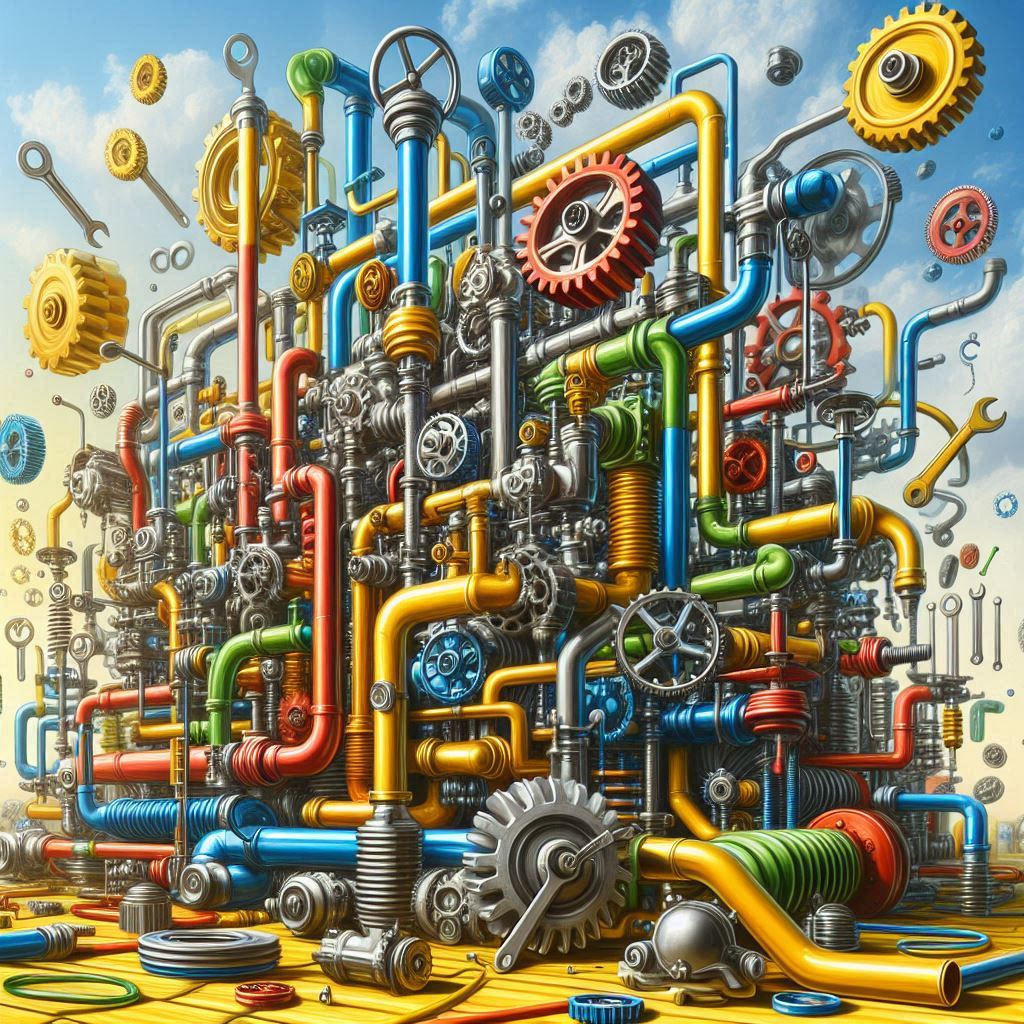The hydraulics industry, a key player in sectors ranging from manufacturing to construction, continues to evolve with advances in technology, increasing automation, and a growing focus on energy efficiency. This article explores the future of the hydraulics industry, examining the trends shaping its growth, market projections, top companies, regional analysis, opportunities, challenges, and segmentation.
Trends Shaping the Future of Hydraulics Industry
Several key trends are poised to drive the hydraulics industry forward, with innovation leading the charge. Some notable trends include:
- Electro-hydraulic integration: The blending of electrical and hydraulic systems to improve precision, control, and energy efficiency is revolutionizing traditional hydraulic systems.
- Sustainability and energy efficiency: There is an increasing focus on making hydraulic systems greener by minimizing energy loss and reducing environmental impact through the use of renewable energy sources, energy-efficient designs, and eco-friendly fluids.
- Automation and smart hydraulics: Automation is transforming manufacturing processes, and smart hydraulic systems are being integrated with IoT and sensors for real-time monitoring and predictive maintenance.
- Miniaturization and precision control: Industries like aerospace, medical devices, and robotics are driving demand for compact, lightweight hydraulic systems capable of fine control and greater precision.

Hydraulics Market Growth Projection
The global hydraulics market is projected to grow significantly in the coming years, driven by increased demand in industries such as construction, automotive, and aerospace. According to industry reports, the hydraulics market size is expected to grow from USD 42.5 billion in 2023 to USD 50.5 billion by 2028, at a CAGR of 3.5% during the forecast period.
Top Companies in the Hydraulics Industry
Several key players dominate the global hydraulics market, each known for their innovation and market presence. Some of the leading companies include:
- Bosch Rexroth AG: A global leader in hydraulic components and systems with a focus on industrial and mobile applications.
- Parker Hannifin Corporation: Known for a diverse range of motion and control technologies, Parker Hannifin is a prominent player in the hydraulic space.
- Eaton Corporation: Specializes in hydraulics for industrial and mobile applications and is recognized for its energy-efficient solutions.
- Danfoss Power Solutions: A major manufacturer of hydraulic and electronic systems that power off-highway equipment.
- Kawasaki Heavy Industries: A key provider of hydraulic equipment, particularly in the construction and agricultural sectors.
Regional Analysis of the Hydraulics Industry
The global hydraulics market is witnessing growth across various regions, with some key trends emerging:
- North America: The region remains a leading market for hydraulics, particularly in industrial automation and aerospace. Investments in construction and energy-efficient technologies are further driving demand.
- Europe: Home to several top hydraulic equipment manufacturers, Europe is emphasizing sustainability and technological innovations, contributing to significant market growth.
- Asia-Pacific: With rapid industrialization, infrastructure development, and expansion of automotive industries, the Asia-Pacific region, particularly China and India, is set to witness the fastest growth.
- Latin America and Middle East: Infrastructure development, mining, and oil & gas exploration in these regions are expected to fuel demand for hydraulic equipment.
Opportunities in the Hydraulics Industry
The future of hydraulics offers numerous opportunities, driven by key market dynamics:
- Green technology adoption: With industries increasingly focused on sustainability, the demand for eco-friendly hydraulic systems and bio-based hydraulic fluids is on the rise.
- Industrial automation: As industries move toward fully automated manufacturing, smart hydraulics equipped with sensors, IoT connectivity, and predictive maintenance solutions will see increasing demand.
- Emerging markets: Rapid industrialization in emerging economies such as India, Brazil, and Southeast Asia presents a growing market for hydraulic systems across sectors like construction, mining, and agriculture.
Challenges Facing the Hydraulics Industry
Despite the growth prospects, the hydraulics industry faces several challenges:
- Energy inefficiency: Traditional hydraulic systems are often criticized for energy wastage, prompting manufacturers to focus on developing more efficient designs.
- Environmental regulations: Stricter global regulations on emissions and the use of hydraulic fluids present challenges, requiring manufacturers to invest in R&D for eco-friendly alternatives.
- High maintenance costs: Hydraulic systems often require regular maintenance, which can increase operational costs. The move toward smart, predictive systems aims to address this challenge.
Hydraulics Industry Segmentation
The hydraulics market can be segmented based on several factors, including:
- Product type: Hydraulic pumps, motors, cylinders, valves, and accumulators are the primary components driving the market.
- Application: Hydraulics are widely used in construction, automotive, aerospace, industrial machinery, and marine industries.
- End-user: The industry serves multiple sectors, with significant growth seen in manufacturing, construction, oil & gas, and transportation.
The future of the hydraulics industry looks promising, driven by technological advancements, increased automation, and the push for sustainability. As industries shift toward smarter, more efficient hydraulic systems, there will be a growing demand for innovation and integration with digital technologies. Companies that focus on energy-efficient solutions, eco-friendly systems, and automation are likely to thrive in this evolving landscape.
